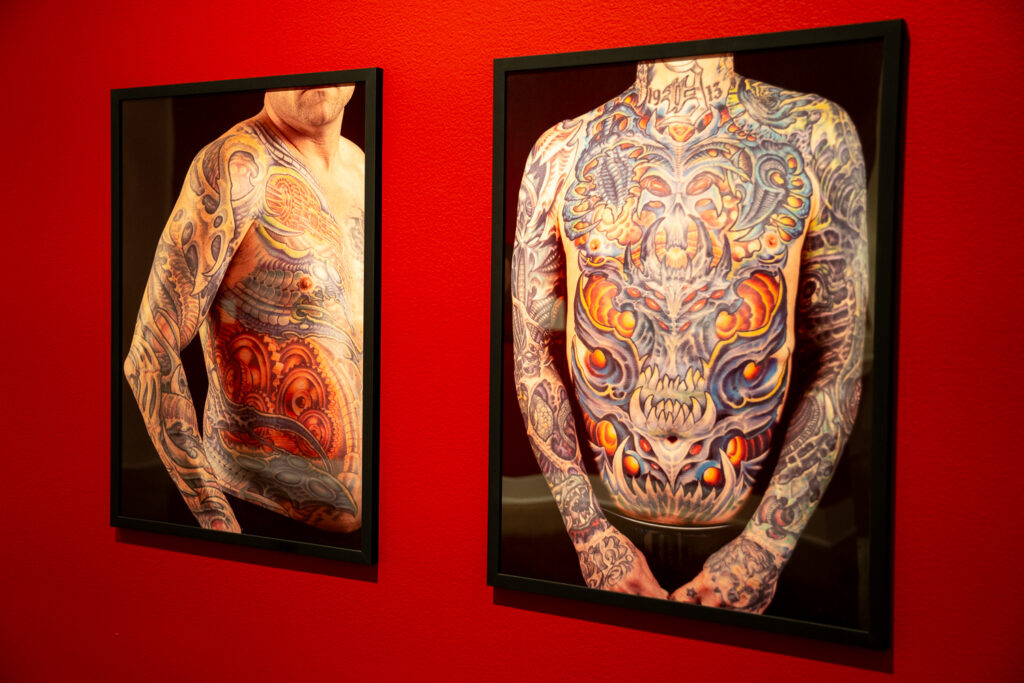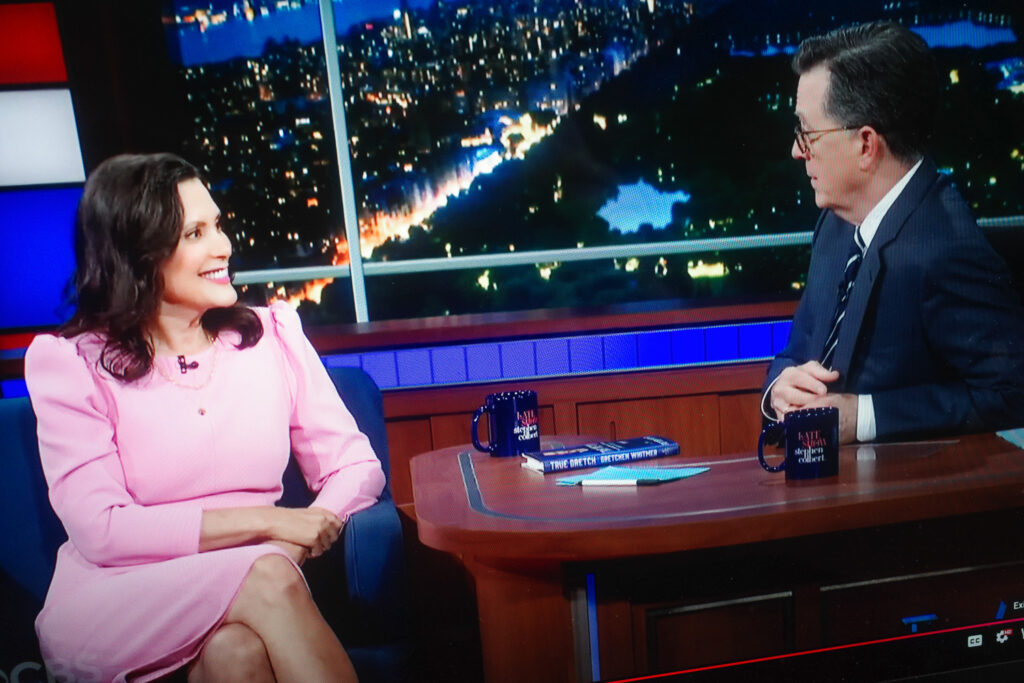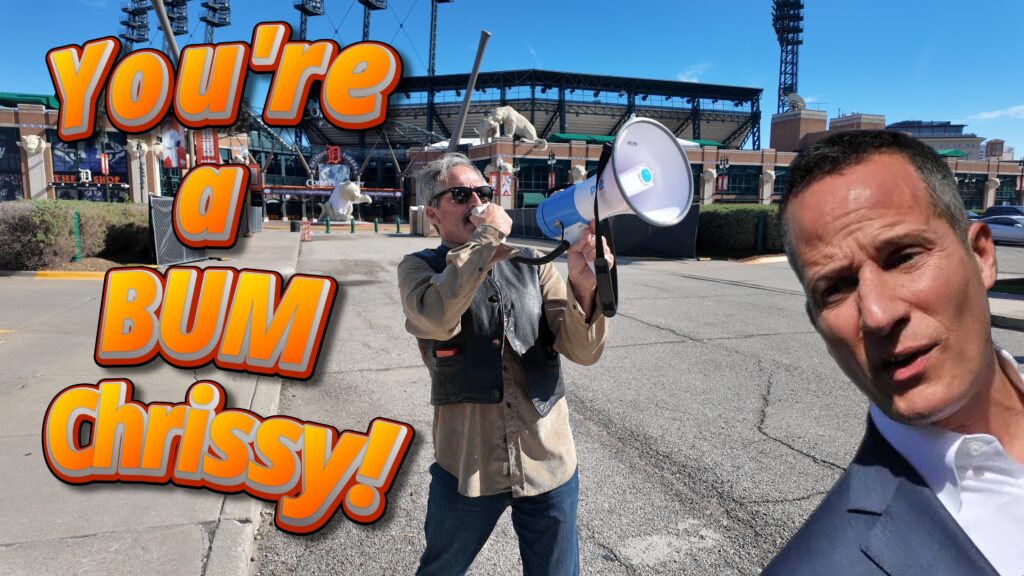Flint — The Flint Institute of Arts is the second-largest art museum in the state of Michigan. Boasting a world-class permanent collection, a rotating slate of contemporary exhibitions, and even its own art school; the FIA is an impressive institution.
This summer, they’re getting tatted up—and looking hypocritical in the process.
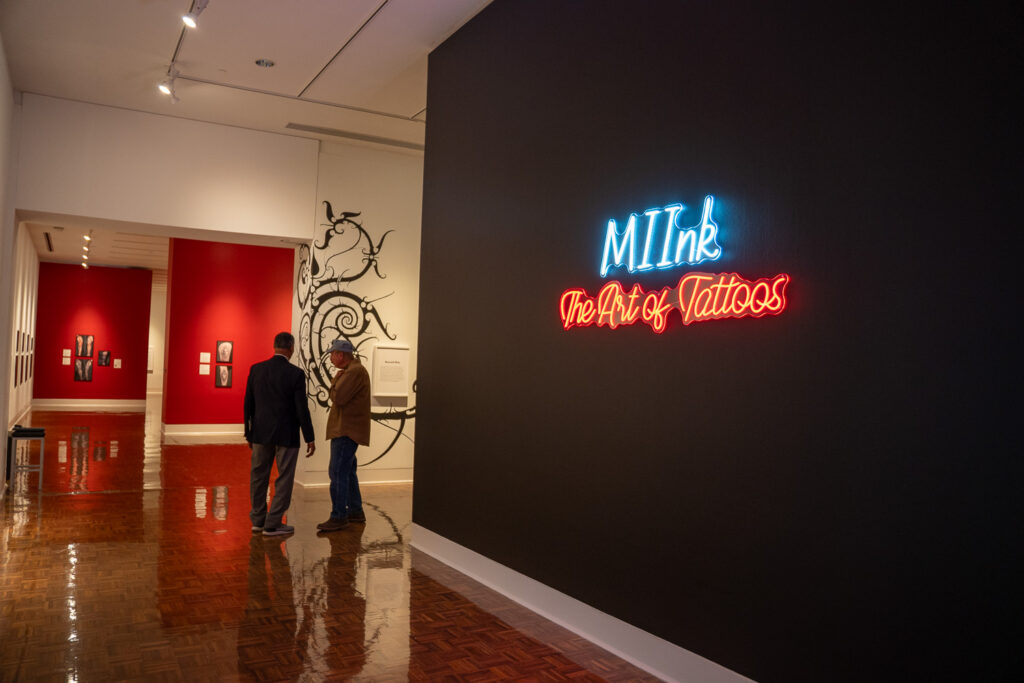
The Institute’s summer exhibition, “MI Ink: The Art of Tattoos,” presents the history of tattooing in America within the context of contemporary art. The introductory wall text situates the exhibition as bringing something previously marginalized, tattoos, into broader social acceptance as fine art.
Tattoos have social taboo, so we’ll break that taboo by putting them in a museum. That’s the same logic contemporary museums use for exhibitions highlighting perceived marginalized artists and groups along racial and sexual lines.
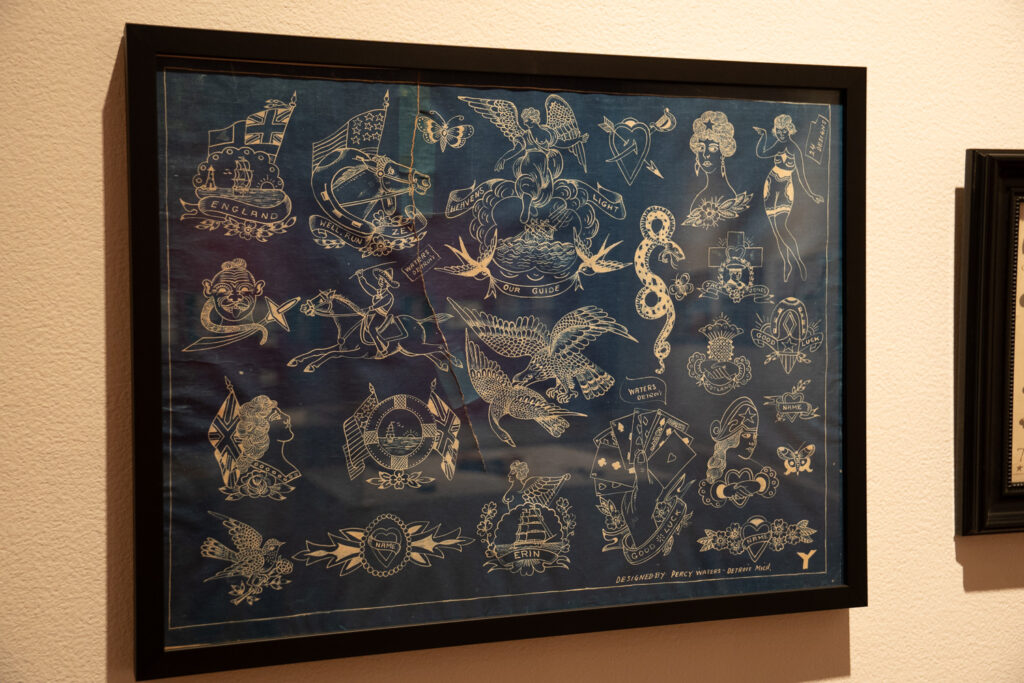
The tattoo exhibition is actually a great show. The curators did an excellent job of tracing the broader context and history of tattooing in America. The early 20th century cyanotypes in particular, blueprints of sailor tattoos available in tattoo shops, spoke implicitly to the long history of the medium.
The photography work, showcasing an enormous breadth of tattoo styles and aesthetics, is perfectly documentarian. Long rows of photos of tattoos, grids on the wall, don’t need long screeds of text to get their point across.
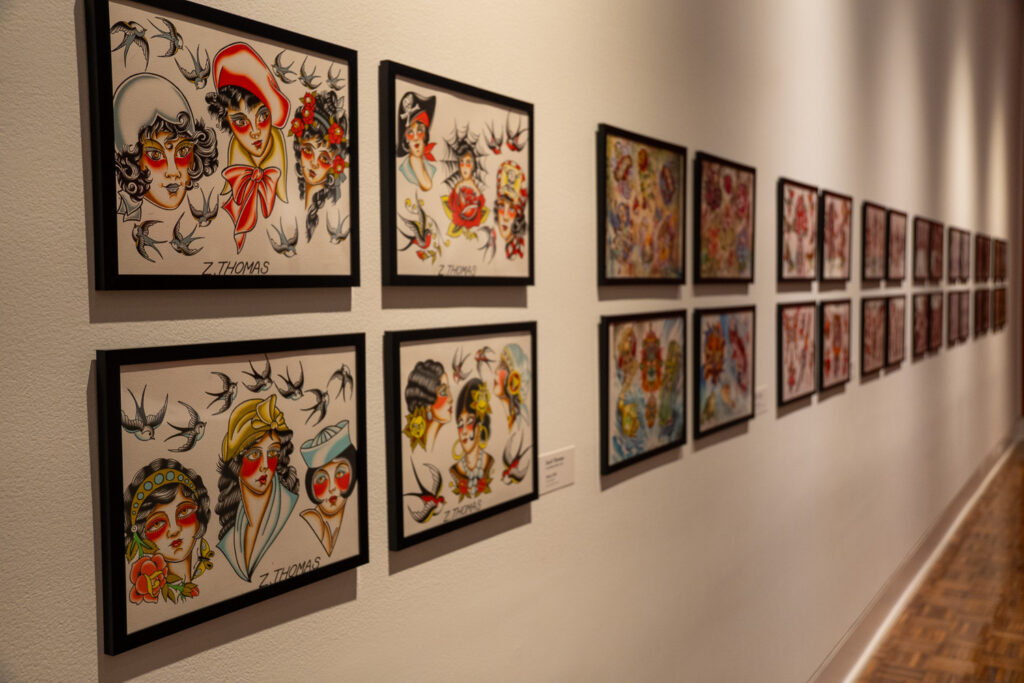
The exhibition makes it clear that tattoos can belong in a fine art context.
Considering how popular tattoos are, with the military relaxing previous standards requiring tattoos to be hidden, any days of social ostracization for the tattooed are behind us. We are now free to make our own judgments, to get tatted if we want to, to skip the ink if not.
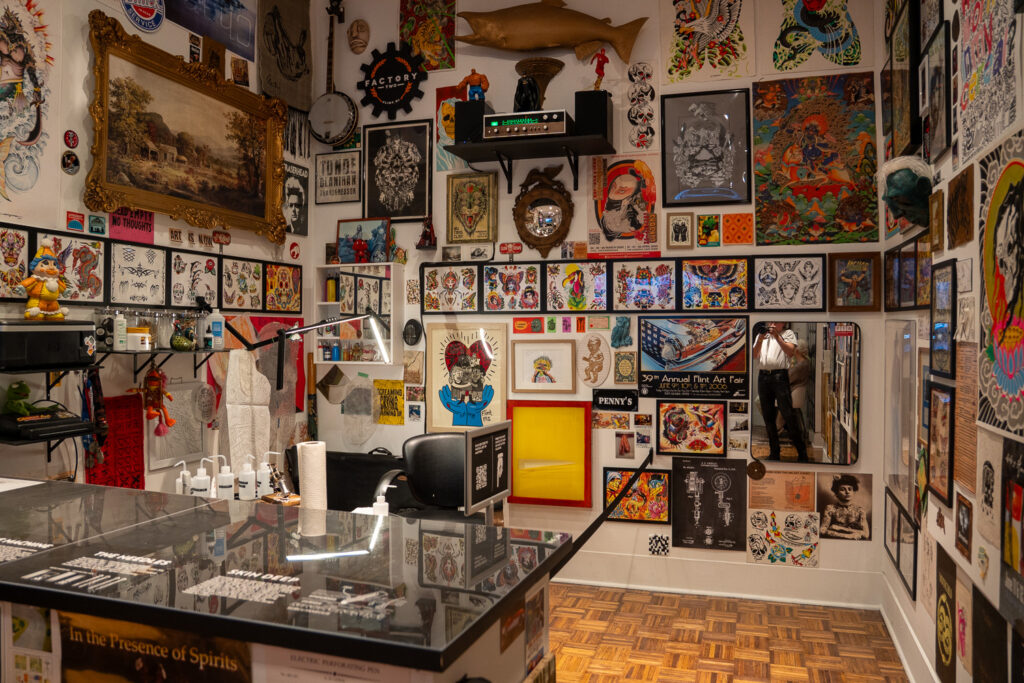
This is where the exhibition crossed a line, with coloring pads and markers for children situated on a table in a full scale recreation of a “real tattoo shop.” With TVs blaring, tattoo art on the wall, even a tattoo gun and chair, it’s surprising the curators didn’t simply go all the way and offer actual tattooing on site.
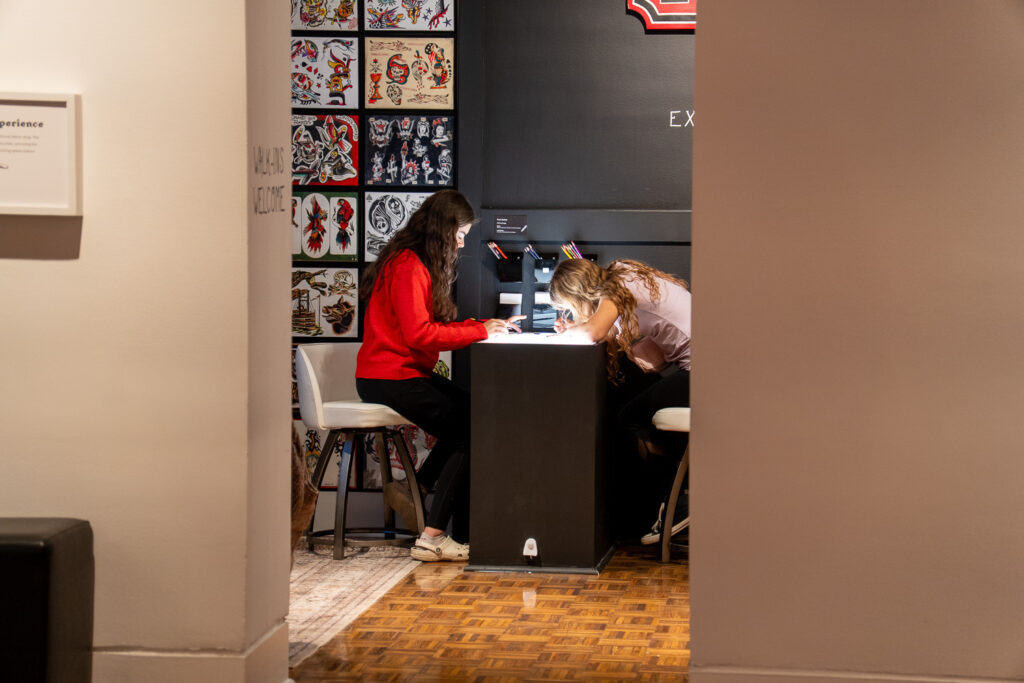
The coloring materials for kids are a bit much. Modern museums often try to consider children and youth in their exhibitions, which is noble, considering the anti-natalism society embraces otherwise.
But it felt leading, encouraging: “Hey kids, maybe you should get inked up too when you’re old enough.”
Anyone who knows children knows that they’re allergic to things adults tell them are cool.
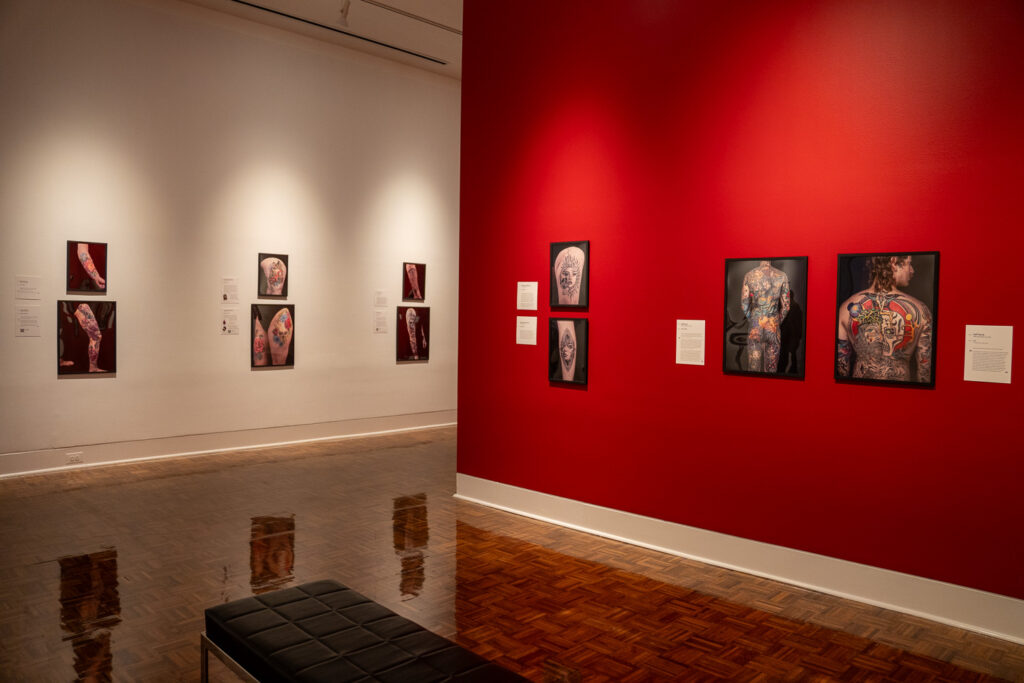
Tattoos may be at the high-water mark of their popularity right now, but the next generation will see their tattooed parents as cringe and choose novel ways to rebel.
This is the point museums always miss—taboo is appealing, and social acceptance ruins the appeal. Half the appeal of tattoos, for generations, was rebellion. Now, with over a third of the country tattooed, they’re borderline conformist.
Consider how lame weed culture became the second it was legalized. For the most part, it’s disappeared now. The unique countercultural element is gone. Destigmatized, accepted, and then commodified.
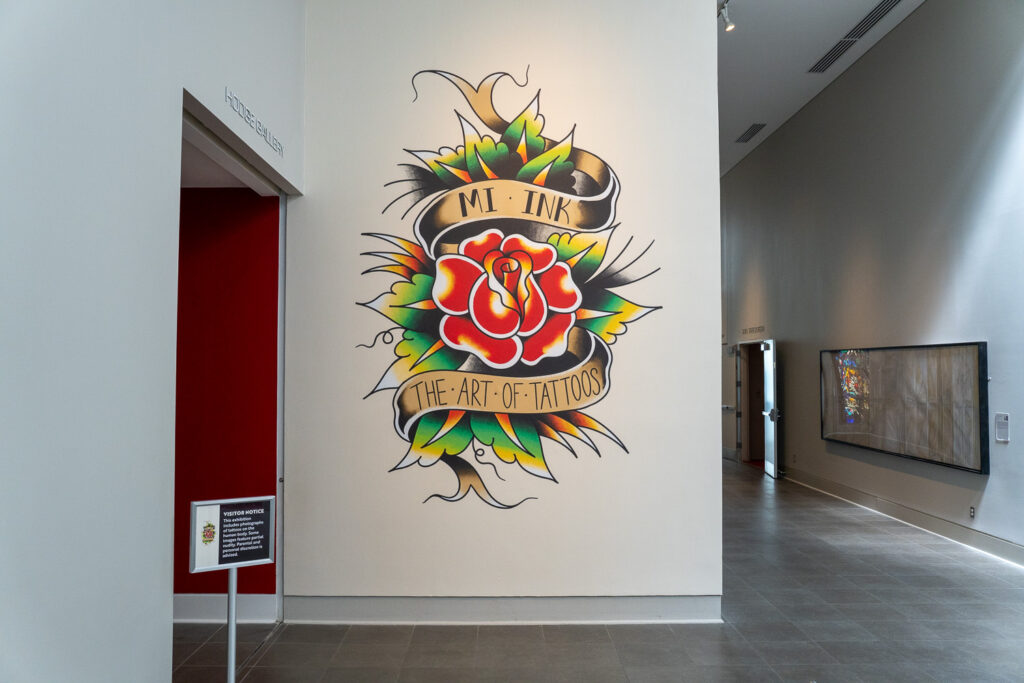
Weed went corporate and lost all its cool. The edgy kids smoke cigarettes again.
Institutional acceptance of tattoos in the museums marks a similar shift. It’s great if you have face tattoos and want a job, bad if you want to stand out from mainstream culture.
The irony is typical of these institutions that are beacons of institutional and social legitimacy yet are keen to always position themselves as voices of the marginalized.
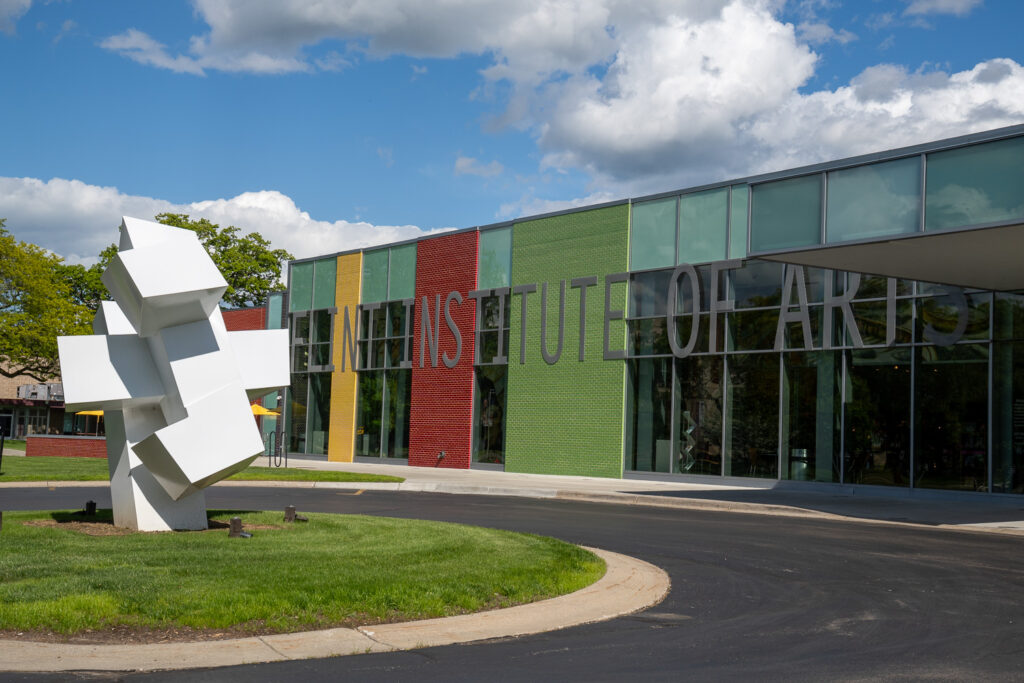
The FIA itself is a great example—it’s not even really in Flint. The museum sits on its own compound, a sort of fine art Baghdad Green Zone, a protected embassy for institutional liberalism with boarded up houses just blocks away.

The museum even has its own police force patrolling the parking lot, with streets blocked off and barricaded from roving gangs of youths milling about.
Community engagement in this context only exists on the terms and civilities of the institution: Come and take an art class, but behave yourselves, and don’t touch anything.

It’s not wrong to prevent destruction. God forbid anything happens to the precious Andy Warhol prints of Chairman Mao in the permanent collection.
The FIA should take a lesson from Warhol, who in depicting Mao as a pop art figure addresses him not with institutional seriousness, but with colorful cosmic irony.
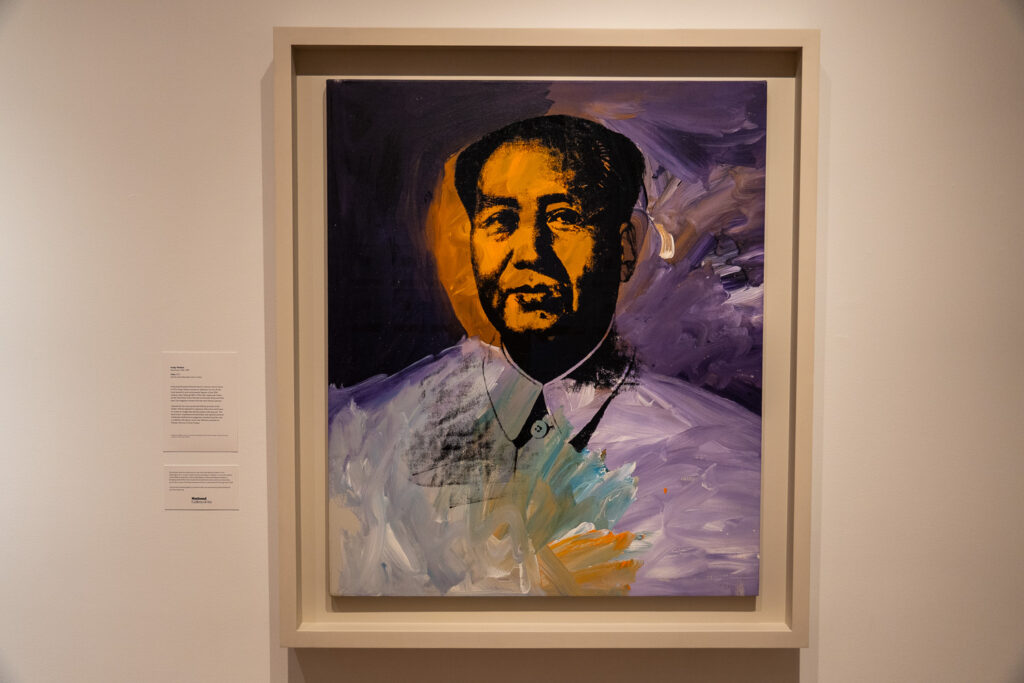
Museums can’t have their cake and eat it too. They can’t build castles and dig moats around themselves, then proclaim in long-winded wall texts and art exhibitions that they are the voice of the marginalized, the ostracized.
They should be what they are—elite institutions, with world class artwork that speaks for itself, with no apologies.
Museums become this when the gravitas of the artist exceeds petty ideological frameworks. The Warhol Museum in Pittsburgh is a great example, just a dozen floors of his life’s work. The art of a singular artist speaking for itself.
Without the posturing, museum exhibitions could be cool. Then a show about tattoos could be a radical counter cultural aesthetic, not the institutional equivalent of your mom getting tatted up.
Bobby Mars is art director of Michigan Enjoyer. Follow him on X @bobby_on_mars.
